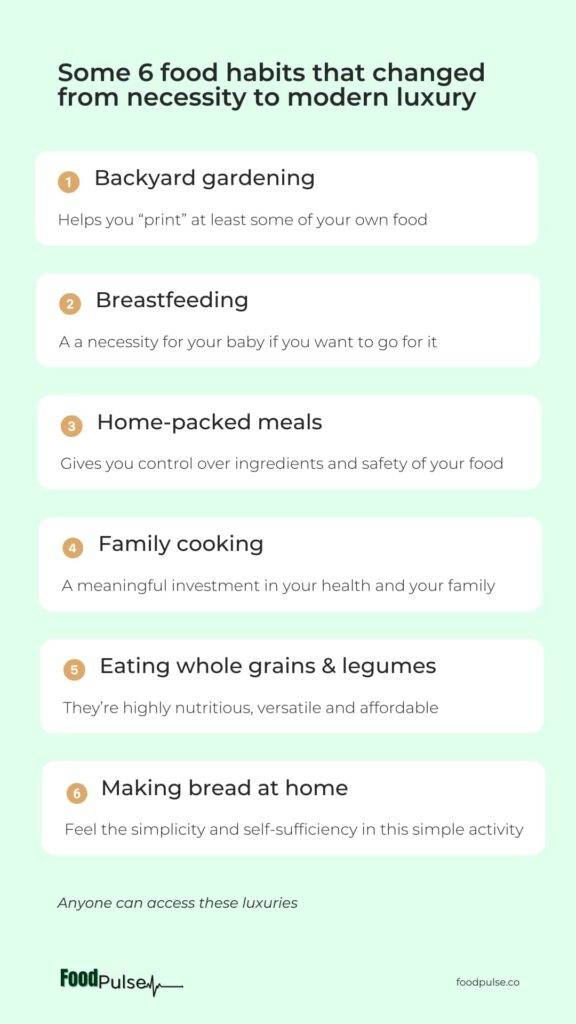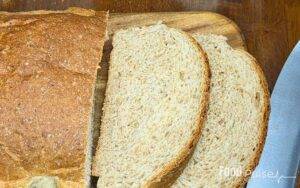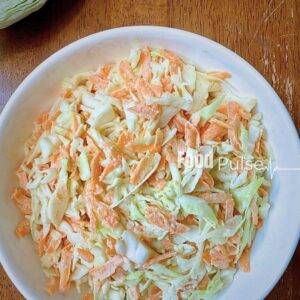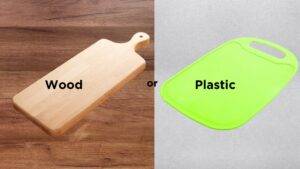Did you know that many food habits considered luxurious or aspirational today were once the usual? Discover how some of these healthy food habits have shifted over time. And why returning to them might be exactly what you need to thrive better in this modern society. They’re good food habits after all.
1. Backyard gardening
This was once a necessity for many homes. It ensured you had a steady supply of fresh produce. You could trade some of your produce for a neighbor’s. And grow as many fresh foods as you want.
Backyard gardening today is a luxury, hobby or a hallmark of only a selected few – the health-conscious and environmentally-aware, a thing of those who have ample time and enough soil space.
Well, here’s the truth: growing your own food isn’t just for those with sprawling backyards or abundant free time. You can afford this luxury. All you need is your willingness to do it and
- a container as simple as a bucket or pot
- a commitment to water from time to time
- some good garden soil
- a few viable seasonal seeds
The return on investment? Fresh, organic produce, reduced grocery bills, and a profound connection to your food. Imagine printing your own money. It’s just this time around, you’re printing your own food (which is essentially money).

2. Breastfeeding
The journey of breastfeeding shows one of the most dramatic shifts in food practices. It was the only option for baby nutrition. Then it became unfashionable in the mid-20th century with formula feeding becoming the sign of modern convenience. Then it resurfaced again as a celebrated part of natural parenting.
Many studies have shown that breastfeeding gives:
- optimal nutrition for a baby’s development
- enhanced immune system support
- reduced risk of various childhood illnesses
- strong mother-child bonding opportunities
This scientific review goes into the depths of the psychological benefits of breastfeeding. Are you a new mother who wants to breastfeed your baby? Go ahead and do it. It’s not a luxury for only those who have the time. It’s a necessity for your baby.
3. Home-packed meals
With the rise of fast foods, restaurants, processed foods, grab-n-gos and other convenience meals, home-cooked meals became somewhat stigmatized.
But has since become a symbol of health and mindfulness. Send homecooked food to work and you’re hailed as rich.
Some still look down on it, especially in settings where the infiltration of convenience meals is deep. But there’s a renewed appreciation for home-packed meals. Packing a homemade meal to school/work:
- gives you better control over food portions
- promotes healthy eating habits
- ensures your food is safe
- helps you save cost
4. Family cooking
Family cooking was a daily ritual and a way to pass down family recipes from parents and grandparents to children. T’was a moment of bonding between parents and their kids.
I remember my mom’s unique recipes which I prepare today; they’re some of my favorites. I learned them all back in the day when I’d be with her in the kitchen while we cooked together.
Then busy schedules and a craving for convenient foods took over. And family cooking became less frequent, even vanishing completely from some homes.
But it’s now seen as a meaningful investment in health. Anyone can make this investment. It’s a matter of choice and intention.
- use meal prep time as quality time
- involve your household in the process
- share old recipes once a while
If you’re a busy professional, clamped with time-constraints but still want to cook, here are 3 effective ways you can achieve it.
5. Eating whole grains and legumes
Whole grains and legumes were once staples in every home. Highly nutritious, delicious and affordable. But they fell out of favor as (ultra)processed foods became symbols of modernity, prosperity and status.
With the rise of diet-related non-communicable diseases and health consciousness, most people now celebrate these nutrient-dense foods as premium health foods for a healthy lifestyle.
Here are some simple ways to include these ingredients in your diet:
- use them in a variety of recipes
- buy them in bulk and store them for long-term use.
- try different grains and legumes in your recipes from time to time
And if you’re craving a recipe now, then check this 3-ingredient nutrient dense recipe from Northern Ghana. It’s made of whole grains and legumes.
6. Making bread at home
Making bread at home was a routine task for many homes, a healthy food habit at that. Then it became nearly obsolete with commercial bread production.
Now, home bread-making has made a comeback and is a trend among those who want artisanal quality and a deeper connection to their food.
If you want to have fresh homemade bread whenever you want, go ahead and get your hands dirty. Once you get it, you’d feel that sense of accomplishment.
Returning to simplicity and self-sufficiency through home bread making is a luxury anyone can choose to afford today.
Engage yourself in any of these luxuries
What we often view as “luxury” food practices today were once a part of daily life.
As we face modern challenges like health crises and disconnected communities, these seemingly ordinary food practices can give you practical ways to deal with everyday food challenges in a simple way.
Are you ready to form a better connection with your food? Start small; choose one of these healthy food habits that resonates with you most and get to it. Enjoy the luxury.





